Cybergaming cafes are no longer hard to be found in India these days. LXG Café in Bangalore is one of the local gaming café being well-known there. It has a beautiful and convenient facility for gamers to come playing. Stepping inside the café, it is normal to see everyone is concentrating on their games with almost no reaction to everything rather than their games. CS:GO seems to be the most played game here. One is chatting with friends while waiting for rounds in CS:GO to practice his skills. Another is getting killed multiple times over again yet still calmly take every sip of his energy drink to continue fighting. In the corner, there are people who are not playing any games. They are just having their brunch to prepare for their upcoming battles.
That’s how a typical gaming café is in India these days: convenient, professional, and full of gamers who are thirsty for their victories not only in their game but also in their gaming careers.
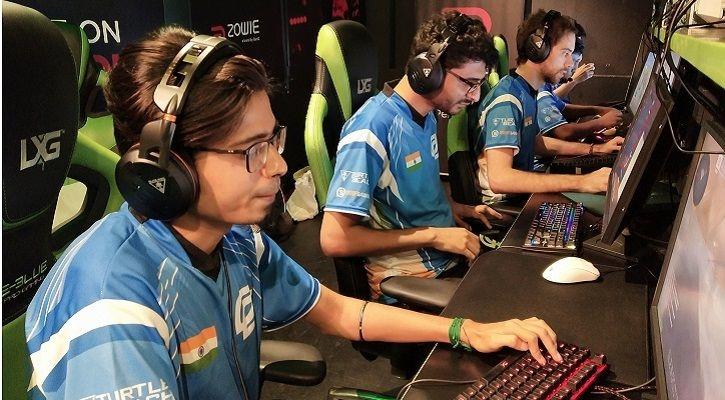
In order to find which is the best team of the country to participate in the Zowie Extremesland CS:GO Asia Open, recently the Indian qualifier for the championship has come to the final stage. Despite leading the early game of the match, Entity Gaming eventually lost their victory to OpTic India. The winner has gained the opportunity to appear in the Extremesland finals held in Shanghai, looking for the prize $100,000 for the final team.
A bright future
Watching the regional qualifier for the Zowie Extremesland CS:GO Asia Open, we can clearly see how the India esports industry has evolved after years just by looking at the number of reporters and pro-gamers filled in the waiting room. In the past, India gamers have only witnessed their local gaming cafes held few small gaming championships with the tiny prize for the winners of a few thousand rupees. But things have changed in the country. Professional e-sports are now evolving more than ever, with the rising number of team managers, coaches as well as those enthusiastic supporters.
At the present, India is having more than a thousand professional gamers. It is not said about millions of others who are craving victories in their daily games despite not being pros. They took every game to be a training chance, tried their best to become better in their games as well as giving the seniors a different look about what they are into. It is because the e-sports has never gained much attention and recognition like it’s having at the moment. The older generations, who used not to look for acceptance as the present one, however also have never stop enjoying the country’s gaming industry since its early days.
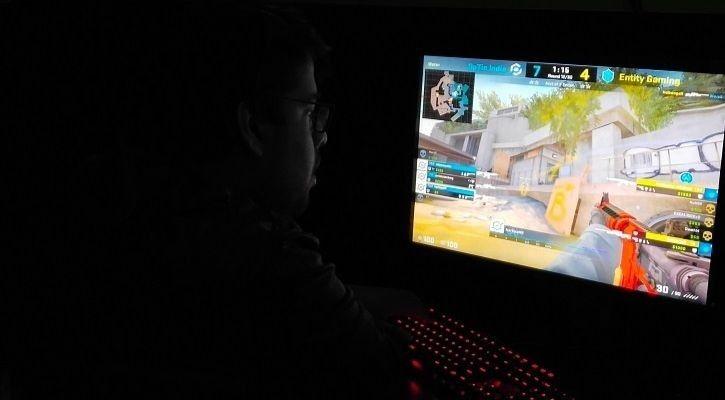
Managing director of BenQ India, Rajeev Singh revealed that “18 to more than 30” is the age range of his company’s gaming hardware customers. Compared to the past, Indian people are interested in gaming more than ever, leading Singh to the thought that Indian parents will now open their mind for the children becoming professionals. “There aren’t any role models right now, but that will change”, Singh claimed.
Talking about the country’s current e-sports, he added: “There's a sea change each year with regards to the number of people participating in tournaments, the size of the audience, even the prize pools up for grabs. Like here in Bangalore we have Kanteerava stadium. I think in one or two years we can fill it up” . Also taking the look in the future ambitiously, Singh declared that gaming will soon become “a true spectator sport” in India, as it already did in the US, Korea and so on.
Struggles remain
However, there are still many problems remaining on India gaming industry’s path of evolvement. Professional teams are those needing changes the most. Being a pro-gamer, one must leave many of his own interests to fully contribute to his dream. Moving in the gaming house training is the biggest convenience to a pro-gamer, but also is the biggest struggle.

All that OpTic India was received for their champion can be said to be just a short amount of time to rest, before they step into their bigger game. At the OpTic India’s house, the gamers even don’t allow to walk in their house's park. They have a nutritionist scheduled and cooked their meals. Every day after breakfast, the team members will spend 2 hours in the fitness room as well as for a meditation session. Although those are just physical training, the 2 hours are in fact stressful, difficult and tiring.
Then a discussion lasting for 3 hours about practice sessions of the previous day will be held with the participation of all 5 members. In the discussion, the team and their coach will analyze their mistakes, examine the attack plans again and complete several other tasks. After that, OpTic India begins to practice with other teams as scheduled in the next 4 hours. Finishing the team practice, each member will continue in solo fights to improve their skills. It is thought to be the last step that can be left, but none of the players will lose the chance to train themselves remaining at the top of the game, as well as catching their teammates’ skills. Moreover, they also need to express their best to the sponsors out there.
Therefore, if they seek for being traded between teams and not being a substitute for another younger better gamer, they need to practice with every second they have. The members are all in their young ages, and they have already left their free time behind to become pro-gamers.
Despite many improvements being needed, India is confident in its way making e-sports become one of their true spectator sports. Talking about the countries which successfully fulfilled this goal, coach and also player of OpTic India Lucas “yb” Gröening said: “Indian teams need more exposure to global rivals. The competition there is on a whole other level, and the only way to gain that sort of experience is to face it head-on.”
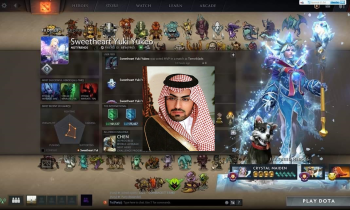


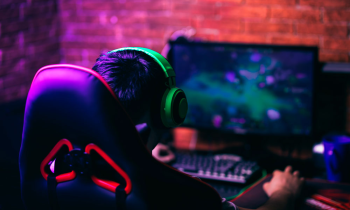
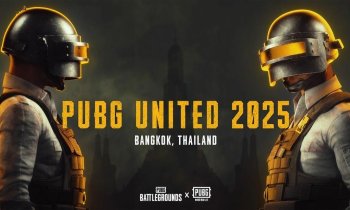





Comments